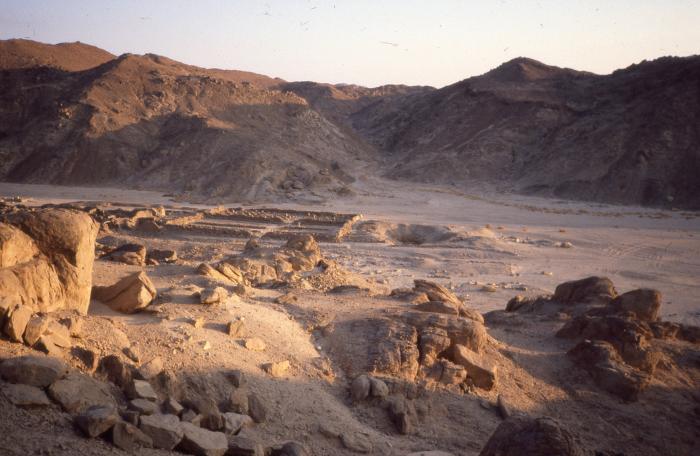Sew La Ti Embroidery:
Egypt
Zaha Hadid will construct Stone Towers in Cairo
Heritage: Section of Tuthmosis column returned to Egypt

Heritage: Egypt's Mons Claudianus to become open-air museum

Heritage: Fallen Egyptian archaeologist wants international Grand Museum

Heritage: Egypt halts sale of ancient statue in Germany

Heritage: Suicide bomber strikes near temple of Karnak in Luxor

Heritage: Two Egypt museum curators arrested for artefact thefts

Near East: Swiss return ancient cultural objects to Egypt

Heritage: More on Egyptian tomb falls victim to looters

Heritage: Suspects arrested in case of stolen Memphis statue

Travel: Archaeologist calls for first underwater museum in Egypt

